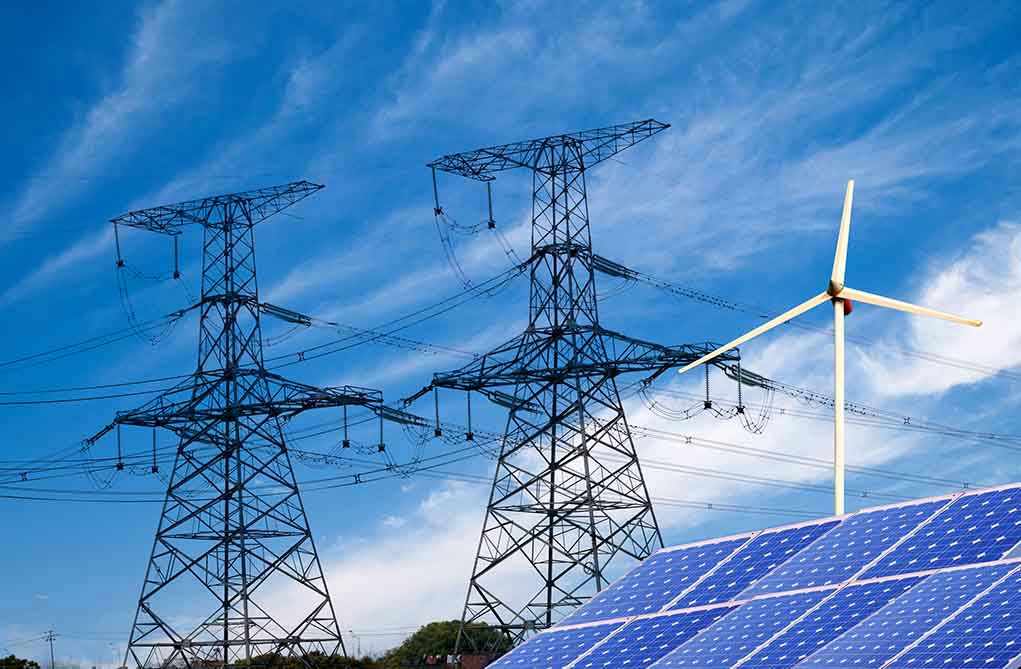
Unimaginable sums and soaring ambitions collided in the Mojave Desert, where a $2.2 billion solar dream scorched not only the landscape but a flock of grand promises, proving that even the brightest visions can cast the darkest shadows.
Story Overview
- Ivanpah Solar Power Facility, once the world’s largest, is closing after delivering only a third of its expected lifespan.
- The plant incinerated tens of thousands of birds, igniting fierce debate over green energy’s environmental cost.
- Despite massive investment and political backing, Ivanpah missed energy targets and struggled with reliability.
- This closure forces a reckoning: can large-scale green energy projects survive the collision of ambition and reality?
The Rise and Fall of a $2.2 Billion Solar Icon
Ivanpah Solar Power Facility, gleaming in the California desert, symbolized the Obama administration’s audacious bet on renewable energy. Touted as a technological marvel and environmental savior, Ivanpah promised to power 140,000 homes with the sun’s relentless rays. It wasn’t just a power plant—it was a testament to American innovation, green jobs, and hope for a sustainable future. But from the earliest days, the project faced a relentless parade of technical issues, regulatory roadblocks, and a public relations crisis that no glossy marketing could overcome.
The first red flag appeared almost immediately after the plant’s launch. Operators struggled to meet basic energy production targets, blaming everything from cloud cover to equipment failures. Financial projections quickly began to unravel. For a project that drew on more than $1.6 billion in federal loan guarantees and the weighty endorsement of a presidential administration, every missed milestone carried outsized significance. The initial optimism that Ivanpah would blaze a new trail for solar energy in America faded as reliability issues mounted and costs ballooned.
https://twitter.com/i/trending/1970795621519958273
The Unintended Toll on Desert Wildlife
Ivanpah’s technological marvel came with an ecological price tag. Instead of merely capturing sunlight, the facility’s concentrated solar power towers created searing beams that incinerated birds in flight. Reports of “streamers”—birds ignited mid-air—shocked biologists and the public. Estimates ranged from thousands to tens of thousands of avian deaths over the plant’s brief operational life. Environmental groups, initially supportive, turned skeptical and then openly critical, demanding accountability for the unintended carnage. The plant’s operators attempted fixes, including installing deterrents and modifying operations, but the bird deaths remained a grim and persistent headline.
The controversy over Ivanpah’s environmental impact reached far beyond conservation circles. For policymakers and investors, the headlines raised uncomfortable questions: Could clean energy projects be justified if their environmental footprint mirrored, or even surpassed, the harms of fossil fuels? The green vision that launched Ivanpah was now shadowed by the stark reality of trade-offs, forcing a reckoning among advocates and critics alike.
When Political Capital Meets Market Reality
The Ivanpah saga became a case study in the unpredictable intersection of public investment, regulatory ambition, and technological hurdles. Political leaders who had trumpeted the plant’s groundbreaking promise now faced uncomfortable scrutiny. Critics charged that billions in taxpayer dollars had been funneled into a project that failed to deliver on its core promises—sustainable, reliable, large-scale energy production. Congressional hearings and investigative reports followed, amplifying voices that questioned the wisdom of government-driven green investments.
Market dynamics compounded Ivanpah’s woes. Rapid advances in photovoltaic solar panels, which became dramatically cheaper and more efficient, left Ivanpah’s concentrated solar power technology looking outdated before it had even hit its stride. The facility’s inability to adapt to changing market conditions highlighted a broader challenge facing large-scale, government-backed energy projects: innovation moves faster than bureaucracy, and the cost of betting on the wrong technology can be staggering.
The Future of Ambitious Green Energy Projects
Ivanpah’s closure is more than the end of a single facility—it’s a cautionary tale for policymakers, investors, and environmentalists. The dream of a clean energy revolution remains alive, but Ivanpah’s fate warns against over-promising and under-delivering. As debates over the future of energy intensify, the lessons of Ivanpah will shape conversations about risk, accountability, and technological flexibility. Large-scale green projects must not only inspire but also withstand the scrutiny of performance, economics, and environmental impact.
The Ivanpah Solar Power Facility, located in the Mojave Desert on the California-Nevada border, is facing shutdown in 2026 due to financial and technological inefficiencies. ☀️#solarpower #solar #energy pic.twitter.com/eTkNGnhdx7
— Kurt Knutsson (@cyberguy) February 5, 2025
For all the money, hope, and rhetoric invested in Ivanpah, its legacy will be measured not by the energy it produced, but by the hard questions it forced Americans to ask about the future of green innovation. In the end, the sun set on Ivanpah long before its time—leaving behind a landscape forever altered, and a story that challenges the next generation of dreamers to build smarter, not just bigger.













